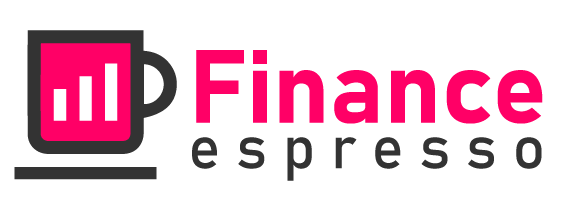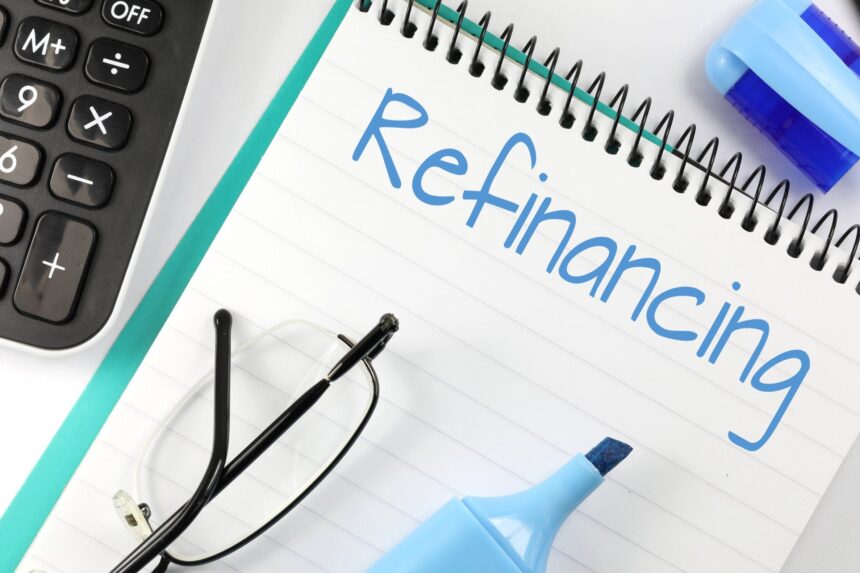Refinancing Your Home: The Basics of Refinance Loans
When you find yourself in over your head with your current mortgage, refinancing could be an option to reduce your monthly payments and improve your financial situation. Refinancing your home means taking out a new loan to pay off a current mortgage. This process allows you to reduce your monthly payments, get more favorable terms, and free up some home equity. Here’s what you need to know about refinancing your home.
How Does Refinancing Work?
Refinancing is a process that typically has three steps:
- Assessing your current financial situation and deciding if refinancing is the right option for you.
- Finding the right lender to work with and applying for a new loan.
- After the loan is approved, the existing loan is repaid with the proceeds of the new loan.
It’s important to consider the cost associated with refinancing such as application and processing fees, appraisal fees, and the cost of closing costs. You’ll also want to consider how long it will take to recoup your costs and for the refinancing to be profitable.
Types of Refinance Loans
Once you’ve determined that refinancing is the right move for you, you’ll need to research the various types of loans that are available. These types of refinance loans vary by their length, interest rate type, and more. Here are some common types of refinance loans:
- Fixed-rate loans: These loans offer a fixed interest rate for anywhere from 15 to 30 years.
- Adjustable-rate mortgages (ARMs): ARMs feature a lower rate that is adjusted after a specific period of time.
- JV loan products: These loans offer a combination of a fixed and adjustable rate, which can be beneficial if you’re planning to stay in your home for several years.
- FHA Streamline Refinancing: This is an easy, no-cost option available to homeowners who already have an FHA loan. It allows you to lower your rate without incurring closing costs.
- Home Equity Line of Credit (HELOC): A HELOC allows you to take out a line of credit against the equity of your home.
Before you make any decisions, review each type of loan and consult with a few lenders to find the right fit for your needs.
Benefits of Refinancing
Refinancing has a few amazing benefits that make it a great way to improve your financial situation. Here are some of the benefits of refinancing:
- Lower interest rates: Refinancing can help you take advantage of lower interest rate, which means lower monthly payments.
- Flexible terms: You have more flexibility to modify your loan terms with refinancing.
- Access to home equity: If your home has increased in value, you may be able to access some of the equity with a refinance loan.
- Debt consolidation: Refinancing can also help you consolidate debts, allowing you to pay off multiple loans with one.
Refinancing your home can be an excellent way to reduce payments and free up some equity. Do your research beforehand and carefully review your options to find the best loan for you.

